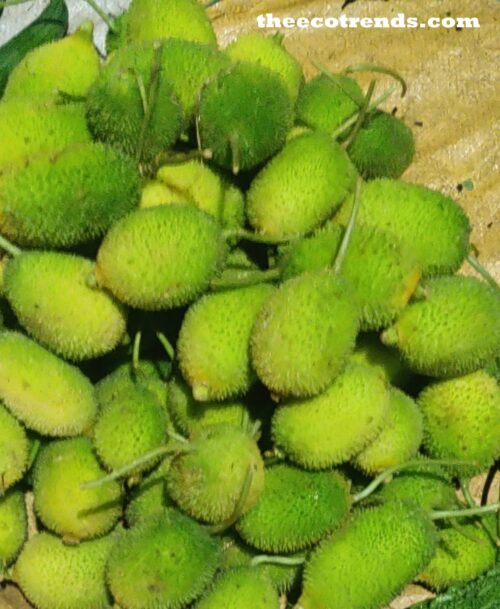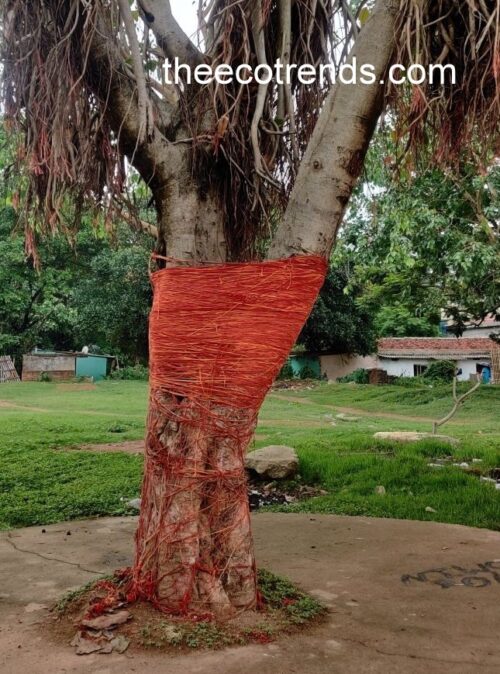Tick (P) the correct option
1. The condition of mixing unnatural and harmful substances in our natural resources is called –
(a).combination (b).pollution (c).reaction (d).none of these
2. The issue of global pollution was discussed for the first time on global scale in the year –
(a).1970 (b).1972 (c).1971 (d).1969
3. The Stockholm Conference was sponsored by –
(a).India (b).USA (c).UNO (d).China
4. The Earth Summit was held at –
(a).Beijing (b).New Delhi (c).Dhaka (d).Rio de Janeiro
5. Roughly, a city of one million requires food up to –
(a).5000mt (b).1800mt (c).2700mt (d).2500mt
6. The smoke of cigarette and carbon monoxide directly affect-
(a).human brain (b).human kidneys (c).human skin (d).nails of fingers
7. Temperature absorbing gas is-
(a).carbon dioxide (b).nitrogen (c).oxygen (d).hydrogen
8. The chemical compound widely used in refrigeration and sprays is –
(a).bleaching powder (b).CFCs (c).plaster of Paris (d).sodium benzoate
9. Melting of ice of ice-caps and the ice in the polar region are caused by –
(a).ozone depletion (b).global warming (c).acid rain (d).none of these
10. Which one of these is not a fossil fuel?
(a).wood (b).coal (c).kerosene (d).hydrocarbon
11. Solid and liquid aerosols that remain suspended in the atmosphere are called as –
(a).photochemical oxidant (b).particulates
(c).gasoline (d).hydrocarbons
12. Typical sizes of atmospheric particulates range from –
(a).1µm to 2µm (b).0.4µm to 0.5µm (c).0.1µto 1µm (d).2µm to 2.5µm
13. The Department of Environment in India came into existence during the year –
(a).1981 (b).1980 (c).1985 (d).1987
14. The Central Pollution Control Board as an autonomous body was set up on –
(a).October 1974 (b).June 1974 (c).September 1974 (d).July 1973
15. The number of pollution monitoring stations located on various rivers in India is –
(a).784 (b).487 (c).785 (d).857
16. Developed countries constitute –
(a).80% of the world (b).15% of the world (c).19% of the world (d).17% of the world
17. Global Warming may cause –
(a).drought (b).outbreak of insects (c).melting of ice (d).all of these
18. National Water Commission was formed in –
(a).1971 (b).1972 (c).1980 (d).1973
19. The abbreviation OBD is related to –
(a).fresh water pollution (b).marine water pollution (c).mine pollution (d).none
20. An industrial Licensing policy in India was adopted in –
(a).1990 (b).1991 (c).1989 (d)1985
21. Factories, power plants, underground mines, and oil wells that are located close to water source are examples of –
(a).point source (b).non-point source (c).distant source (d).direct source
22. Measuring BOD is a — day long process –
(a).one (b).two (c).three (d).five
23. The disease Mina Mata is caused due to the biomagnifications of –
(a).zinc (b).mercury (c).aluminium (d).arsenic
24. Offshore oilrigs are examples of –
(a).seacoast water pollution (b).Municipal pollution
(c).marine water pollution (d).mine pollution
25. Which one of these is not an agro-chemical?
(a).Malathion (b).Urea (c).Bordeaux mixture (d).calcium oxy-chloride
II. VERY SHORT ANSWER TYPE QUESTIONS
1. How does acid rain cause damage to our monuments?
2. When was the Central Pollution Control Board established?
3. Under the provisions of which Act has the Central Pollution Control Board been set up?
4. Mention any one effort that can be taken up to combat the Global Warming?
5. What is the Polluter-pay principle?
6. Write the expanded form of UNFCCC.
7. How does the sediment that is found in polluted water harm fishes?
8. Write the expanded form of IOC.
9. Mention any two agricultural causes of soil pollution.
10. Name one river which carries harmful mine wastes in its water.
III. SHORT ANSWER TYPE QUESTIONS
1. What do you mean by disruption of nutrient cycles/
2. What is atmospheric pollution?
3. Name any four human activities that change the atmospheric composition.
4. What is the connection between pollution and development?
5. What is Green House Effect?
6. How is the Ozone Layer depleted?
7. Mention any two impacts of the Global Warming.
8. Mention any four examples of particulates.
9. What is electrostatic precipitator?
10. Mention any two ways for the prevention of entry of pollutants in the environment.
11. How does the Global Warming cause harm to agriculture?
12. What are Point- and non-point sources of water pollution?
13. What is Ground Water Pollution?
14. What are consequences of water pollution?
15. What is the Biological Oxygen Demand?
IV. LONG ANSWER TYPE QUESTIONS
1. What do you mean by disruption of nutrient cycles? How are nutrient-cycles disrupted?
2. What is atmospheric pollution? Trace an account of human activities that change the composition of atmosphere.
3. How is pollution connected to development? List the local and global effects of pollution and explain its impact on human life.
4. How does burning of products of fossil fuels affect human lives and ecosystems?
5. What are various pollution control approaches being adopted in the world?
6. What is Central Pollution Control Board? When and how was it formed? Mention in brief the activities of the Central Pollution Control Board.
7. What is marine pollution? How is it caused? Mention important measures that can be undertaken to control marine pollution.




